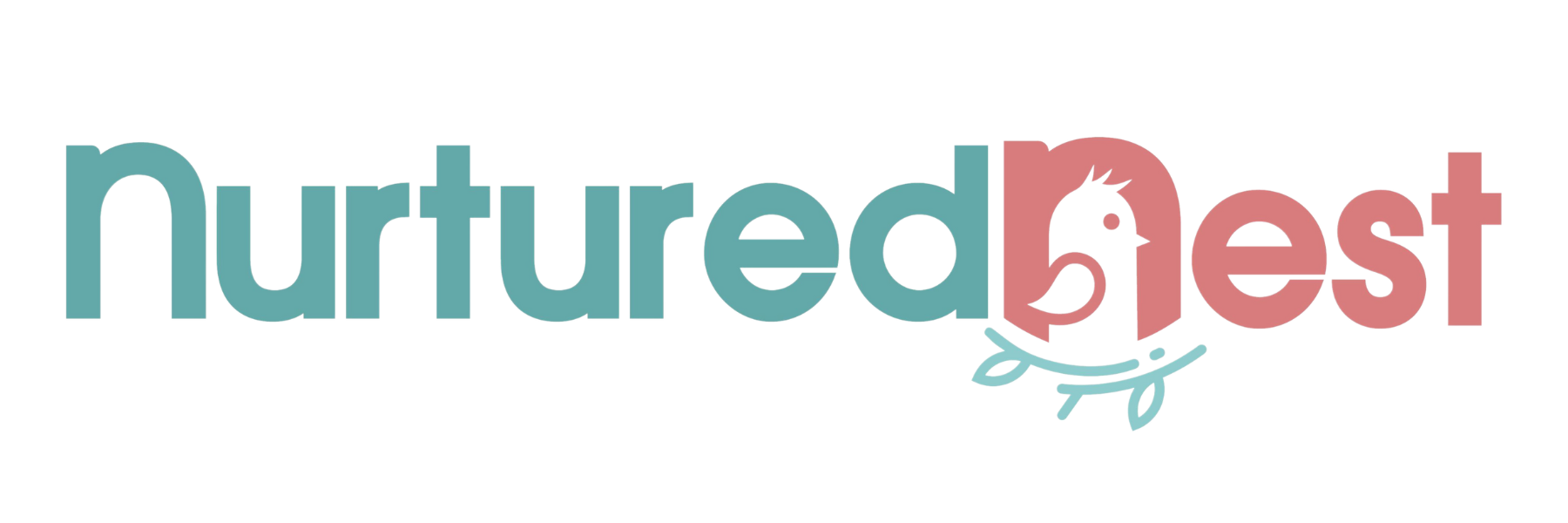
Pregnancy Medical Terms Every Parent Should Know
Pregnancy Medical Terms Every Parent Should Know
When you’re expecting a baby, medical appointments can feel overwhelming. Your provider may mention terms like gestational diabetes or breech position, and it’s easy to wonder what those words actually mean. Understanding pregnancy medical terminology doesn’t just reduce confusion—it helps you feel more confident and empowered in your care.
Why Knowing Medical Terms Matters
When you understand the words your provider uses, you can:
- Ask more specific questions during appointments
- Understand your options and test results
- Feel prepared instead of anxious
- Participate fully in your pregnancy and birth planning
Interactive Medical Terminology Reference
Use our interactive medical terminology guide below to quickly look up any pregnancy or birth term. Click any term to see its definition, or continue reading for detailed explanations in context.
Key Pregnancy Medical Terms to Know
Antenatal / Prenatal
Both mean “before birth” and refer to care during pregnancy.
Gestational Diabetes
A type of diabetes that can develop during pregnancy, usually tested for at 24–28 weeks.
Breech Position
When your baby is positioned feet- or bottom-first instead of head-down.
Engaged (Lightening)
When your baby’s head moves down into the pelvis, often making it easier to breathe but harder to walk.
Transverse Position
When your baby lies sideways across the uterus, which usually requires a C-section.
Dilation & Effacement
Dilation is how open the cervix is (0–10 cm); effacement is how thin the cervix is (0–100%).
Contractions
The tightening of the uterus that pushes your baby downward during labor.
Ruptured Membranes (“Water Breaking”)
When the amniotic sac breaks, either as a gush or slow leak.
Apgar Score
A quick test given to your baby at 1 and 5 minutes after birth to check breathing, heart rate, and reflexes.
Understanding Your Baby’s Position
Breech Position
Your baby is positioned head-up instead of head-down. This occurs in about 3–4% of pregnancies near the due date. Your provider may discuss options if your baby remains breech.
Engaged (or “Lightening”)
When your baby’s head settles deeper into your pelvis late in pregnancy. Many parents notice it feels easier to breathe, but walking can be more uncomfortable.
Transverse Position
Your baby is lying sideways across the uterus. If your baby cannot be repositioned, a cesarean delivery will likely be recommended.

